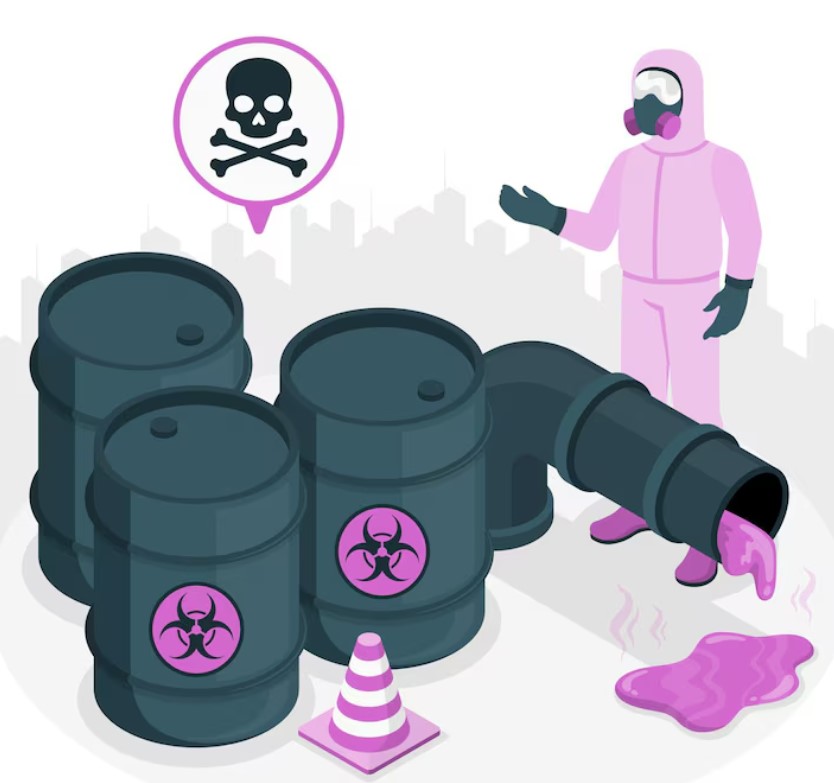Victims First: Supreme Court’s Pay and Recover Ruling on Hazardous Material Accidents

Introduction
In a significant ruling, the Supreme Court of India has held that an insurance company is entitled to pay compensation to victims of road accidents involving hazardous materials and subsequently recover the amount from the vehicle owner if the driver did not possess the mandatory endorsement under Rule 9 of the Central Motor Vehicles Rules, 1989 (CMV Rules) by implementing ‘pay and recover’ principle. The principle of pay and recover allows the court to direct the insurance company to pay the awarded compensation to the claimants, with the liberty to recover the same from the vehicle owner. The judgment establishes that insurers must first compensate third-party victims in accidents involving vehicles designed to transport hazardous substances, even when the driver lacks proper endorsement on their license. However, insurers retain the right to later recover these amounts from the insured party.
Table of Contents
Background
The case titled M/s. Chatha Service Station Versus Lalmati Devi & Ors involves a road accident where the vehicle in question was an oil tanker transporting hazardous goods. The driver of the tanker held a valid license to operate heavy goods vehicles; however, he did not possess a valid endorsement required under Rule 9 of the Central Motor Vehicles Rules, 1989, which mandates specialized training and certification for drivers transporting dangerous or hazardous materials.
The insurance company contested its liability, citing the absence of the required endorsement on the driver’s license as a breach of policy terms. However, the Motor Accident Claims Tribunal (MACT) directed the insurer to pay compensation to the claimant. The dispute centered on whether such a negligent act constituted a fundamental breach of insurance terms that would allow the insurer to deny third-party claims outright.
The Supreme Court’s Decision
The Supreme Court upheld the decision of MACT and emphasized the overarching public interest in ensuring that innocent third parties affected by accidents involving hazardous substance carriers receive prompt compensation. The court held that the primary purpose of mandatory third-party insurance is to protect innocent victims, like ones in the present case. A Technical breach in licensing compliance should not become a barrier to this social welfare objective.
The court relied on the judgment given in the case of National Insurance Co. Ltd vs. Swaran Singh, wherein the court emphasized that Rule 9 of the CMV Rules aims to ensure that drivers of vehicles transporting hazardous substances are equipped to handle emergencies, such as spills, through specialized training. The Court criticized the High Court for misinterpreting Rule 9 and overlooking the fact that the accident was caused directly by defective driving, which necessitates special training.
Unlike in Swaran Singh, where an extraneous cause contributed to the accident, in this case, the lack of proper training and endorsement was central to the accident itself, justifying the application of the “pay and recover” principle.
In the case of United India Insurance Co. Ltd. vs A. Verlaxmi, the court held that the presence of endorsement under Rule 9 neither increase the efficiency of the driver nor reduces the same in any manner. In the present case, the driver’s lack of proper endorsement was deemed a breach of policy conditions, entitling the insurer to recover the compensation amount from the vehicle owner
The Court held that while the insurer is obligated to pay the compensation to third-party victims, it is entitled to recover the same from the vehicle owner if the driver did not meet the statutory requirements under Rule 9.
Implications of the Judgment
This ruling reinforces the importance of statutory compliance for vehicle owners and commercial fleet operators, especially those engaged in the transport of hazardous goods. The key takeaways include:
- For Insurance Companies: Insurance providers must expedite third-party claim settlements even when drivers lack proper endorsements for hazardous substance transport. However, they gain clarity on their right to recover these amounts through legal recourse against the insured.
- For Vehicle Owners/Operators: The judgment reiterates the importance of proper endorsements under Rule 9 and compliance with the statutory requirements of the CMV Rules. Failure to comply not only violates regulatory requirements but now clearly exposes owners to financial recovery actions from insurers.
- For Accident Victims: The ruling strengthens the position of third-party victims, ensuring they receive timely compensation without being entangled in disputes over driver endorsements or technical insurance breaches.
Conclusion
The Supreme Court’s judgment serves as a timely reminder of the dual obligation of insurers and vehicle owners. In line with prior precedents, including National Insurance Co. Ltd. v. Swaran Singh and others, the Court reiterated that insurers must compensate third-party victims promptly to ensure their rights are protected. However, insurers are not left remediless if there is a breach of policy condition, they can seek reimbursement from the insured. While insurers play a crucial role in victim compensation, the ultimate duty lies with the owner to ensure that all legal requirements are fulfilled. Non-compliance with safety norms, especially in the hazardous goods transport sector, invites not only statutory penalties but also financial liability through recovery proceedings by the insurer. The decision brings much-needed clarity to the interpretation of Rule 9 of the CMV Rules and reinforces the social welfare objectives underpinning India’s motor vehicle insurance framework.
For more details, contact us at: contact@indialaw.in
By entering the email address you agree to our Privacy Policy.



